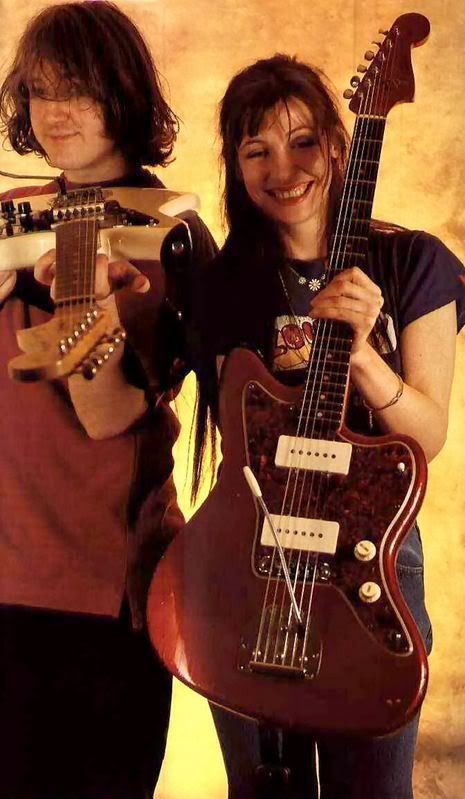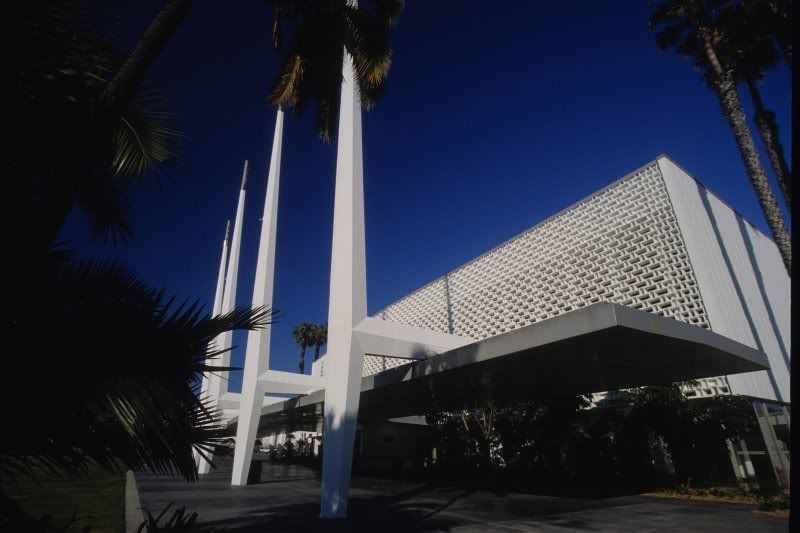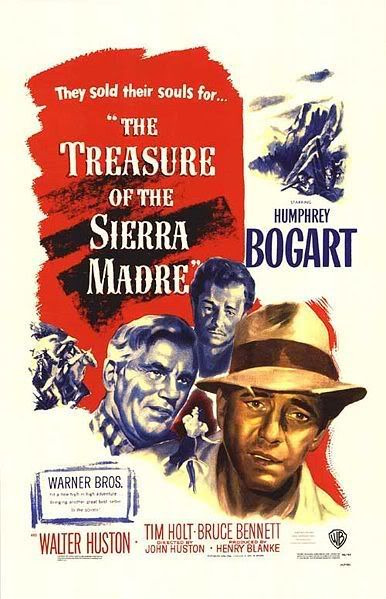
As many writers have pointed out, 2008 was the year that pop stars en masse were (in Neko Case’s colorful words) “jizzing saccharine all over you” through the use of Auto-Tune pitch correction. From Lil Wayne’s “Lollipop” (and pretty much every guest spot he did) to Kanye’s 808s and Heartbreaks, the software was ubiquitous, which probably means it will be put on the shelf soon, only to be resurrected during the inevitable “late-double-O’s” revival fifteen years hence.
T-Pain’s singles “Can’t Believe It” and “Chopped and Skrewed” were, for me, the most successful Auto Tune-d outings, possibly due to the irony of the fact that, unlike Weezy and Kanye, T-Pain just might actually be a good singer.
If that’s the case, he’s doing a bang-up job of covering it up. When he sings “cuz you look so goooood” in “Can’t Believe It ,“ the notes waver in and out of pitch, which is strange when you consider that the intended use of the technology is pitch correction. It’s as if the notes are attempting to be in two places at once, metaphorically demonstrating one of the basic ideas of quantum theory, the uncertainty principle. George Gamow used this principle to show how radioactive decay was possible, according to Michio Kaku, because “one never knew precisely the location and velocity of a particle; hence there was a small probability that it might ‘tunnel’ or penetrate right though a barrier.” There are theories that propose our universe may have been rendered through such tunneling.
Tunneling is also primary to the understanding of how electronics function, which makes T-Pain’s output another in a long line of “meta-“ art forms, where technology is used to comment on itself. The use of pitch correction software here is actually a harmonic distortion, not unlike the effect of guitar distortion. Both obscure potentially bad playing and singing, but can also result in a pleasurable affect. As listeners, we like to be caught off guard, surprised by sudden changes in volume, instrumentation or time signature. Likewise, imperfection is often desirable in (particularly) rock music, where obscurity and nihilism often hold sway.
T-Pain’s lyrical nihilism is romantic in nature. It emerges through the Quixotic dream of our age: getting a stripper to fall in love with you. Hopefully we can agree that much of what makes rock and roll exciting is the danger, the cacophony, the fear that the whole thing can fall to shit at any moment. Think about Hendrix lighting his guitar on fire or The Who smashing their instruments on television. Think about Jim Morrisson, Iggy Pop, Sid Vicious, Darby Crash. We love self-immolation in our rock stars. In the moment it is thrilling; on reflection, it can sometimes just be pathetic.
He wants to take the girl away from the club, because she "might get hurt here." T-Pain is a loud and proud "Captain Save-a-Ho," to use E-40's parlance. That’s why he succeeds in the popular consciousness; he is vulnerable to a fault, but in kind of a sleazy way. He wants to be a pimp, but continually receives the cold shoulder from the object of his desire. This humanizes him, makes him accessible to all of the other aspiring “ladies men” out there, who get rejected about as often.
All of this makes T-Pain, more so than Kanye or Weezy, the artist par excellence of the current zeitgeist. West obviously recognizes this, which prompted him to duplicate the aesthetic on 808s and Heartbreak. Kanye’s clearly more self-conscious in his use of the technology, as you can see in his performances of “Love Lockdown” and “Heartless” on Saturday Night Live recently. He was exploiting the pitch correction in real-time, bringing the viewer’s attention to the mechanics of popular record making, often seen as vacuous and inauthentic by purists. But then he defied the technology again by actually sounding awful. It was a failure for music, but a triumph of man over machine.





